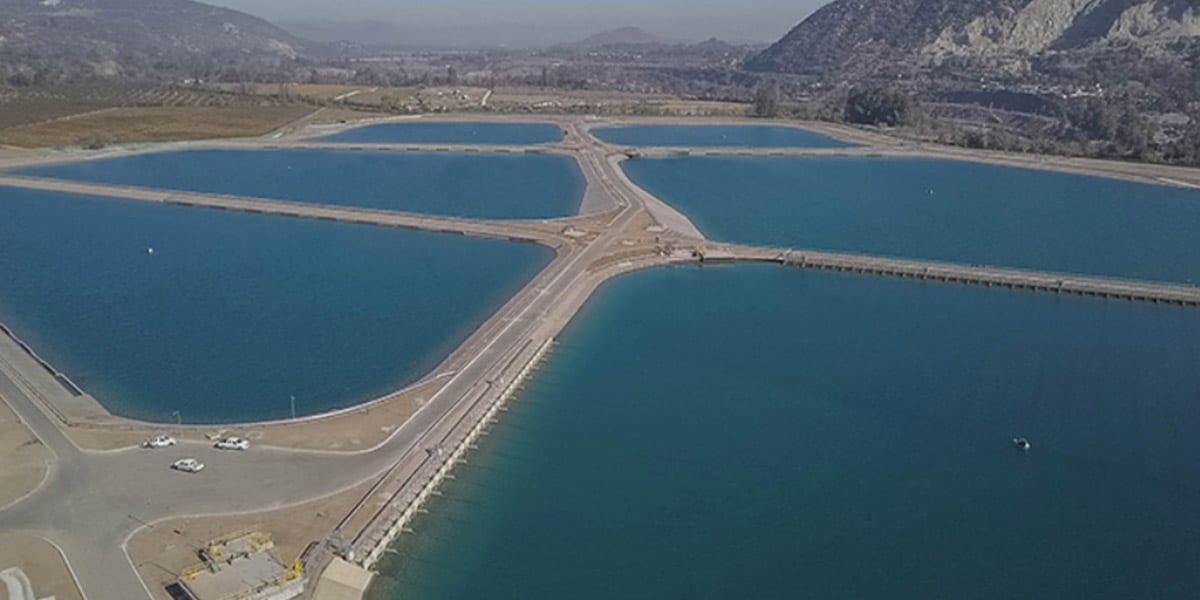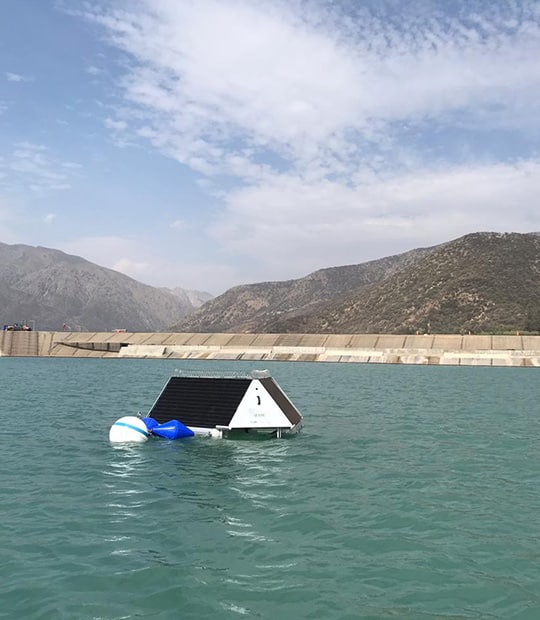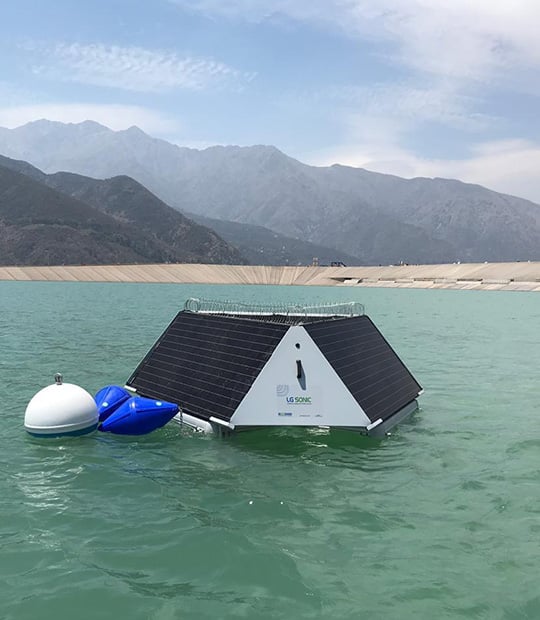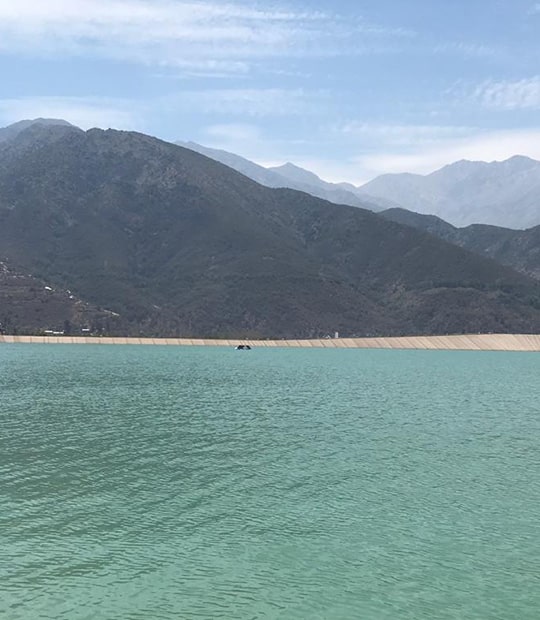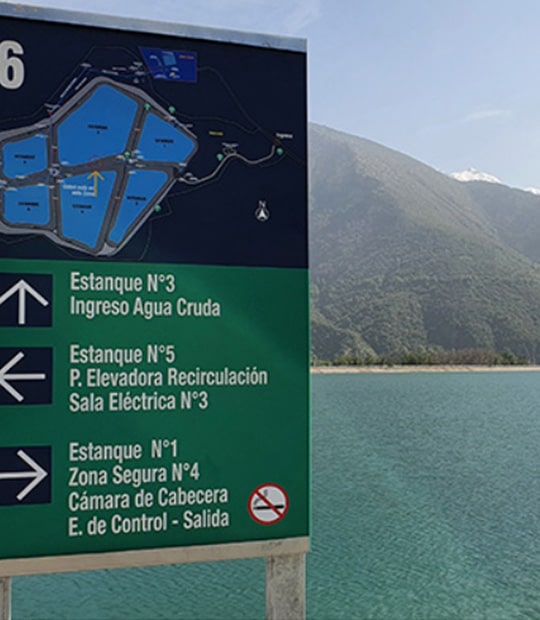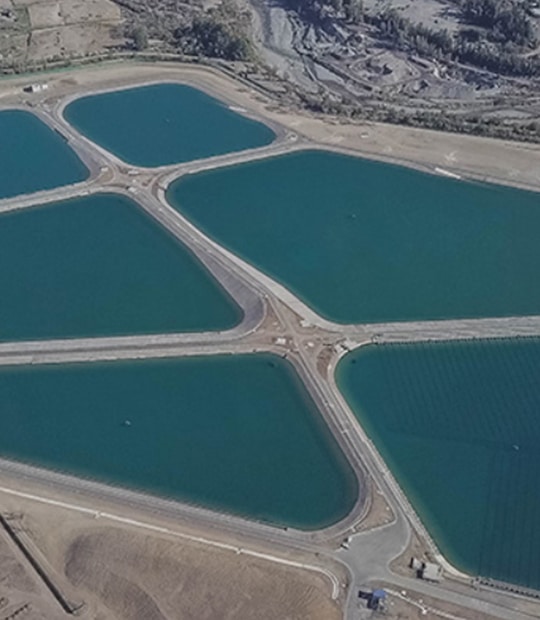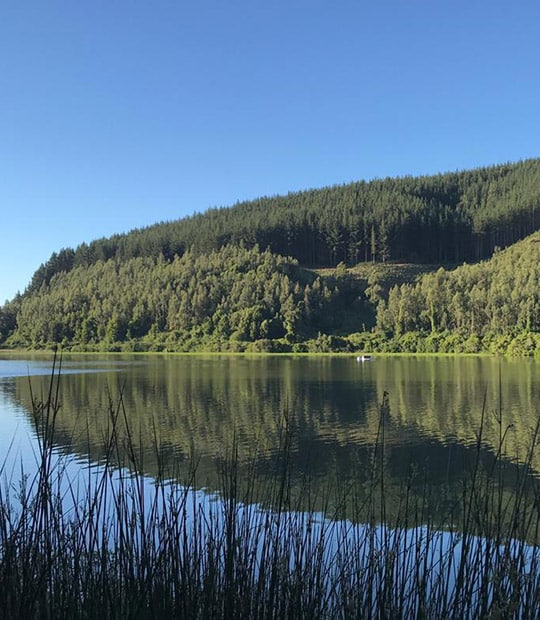Climate change, a catalyst for harmful algae blooms
Heavy rainfalls and warm temperatures create the ideal conditions for algal blooms to occur. And climate change accelerates their frequency, severity, and persistence.
To preserve the water quality in the Pirque Mega Ponds, Aguas Andinas installed an ultrasonic system, called MPC-Buoy, in each of their six ponds. The project was developed with the MPC-Buoy technology in mind due to its proven success in controlling algae growth in the La Dehesa dam of Aguas Andinas.
